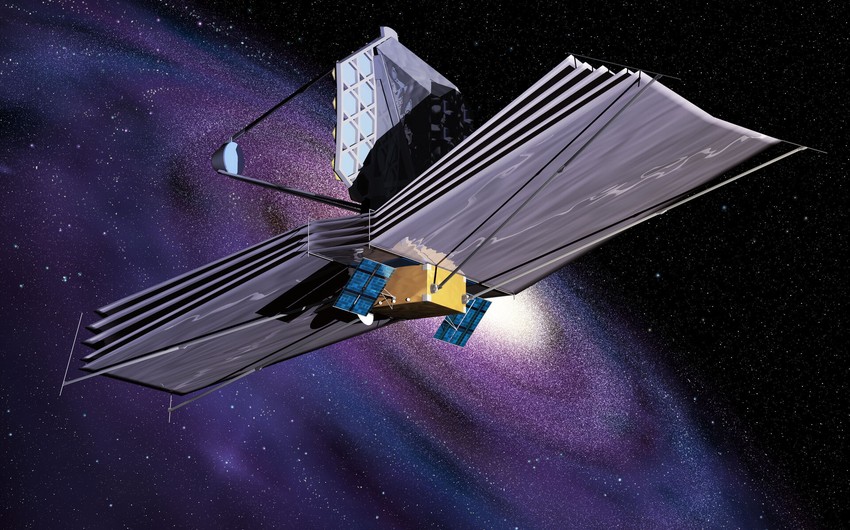The James Webb Space Telescope has detected the two earliest, most distant galaxies in the known universe, dating to just 300 million years after the Big Bang. The detection of even earlier galaxies is likely to follow.
Report informs via LiveScience that, according to new research, astronomers using the powerful infrared telescope have revealed what appears to be the two earliest, most distant galaxies in the known universe, dating to just 300 million years after the Big Bang.
The ancient galaxy duo break the records set by another pair of galaxies discovered by JWST last year, which date to roughly 330 million years after the birth of the universe — pushing back our understanding of cosmic dawn even further.
Besides being exceptionally old, the newly discovered galaxies — named JADES-GS-z14-0 and JADES-GS-z14-1 — are also unusually large for such an early time in cosmic history, according to the discovery paper published May 28 to the preprint server arXiv. With the larger of the galaxies measuring an estimated 1,600 light-years across, the discovery adds to a mounting pile of evidence that the earliest galaxies in the universe grew up much faster than leading theories of cosmology predict to be possible.
"It is stunning that the Universe can make such a galaxy in only 300 million years," lead study author Stefano Carniani, an assistant professor at the Scuola Normale Superiore in Pisa, said in a statement.
The researchers spotted the ancient duo in a region of space known as the Hubble Ultra Deep Field. Earlier observations of the area with the Hubble Space Telescope revealed galaxies from the first 800 million years of the universe — but the light from even earlier galaxies, which had shifted into infrared wavelengths while travelling across the expanding universe, required JWST's powerful infrared instruments to detect. The team examined the region for five full days using JWST's Near-Infrared Camera to achieve the results.







